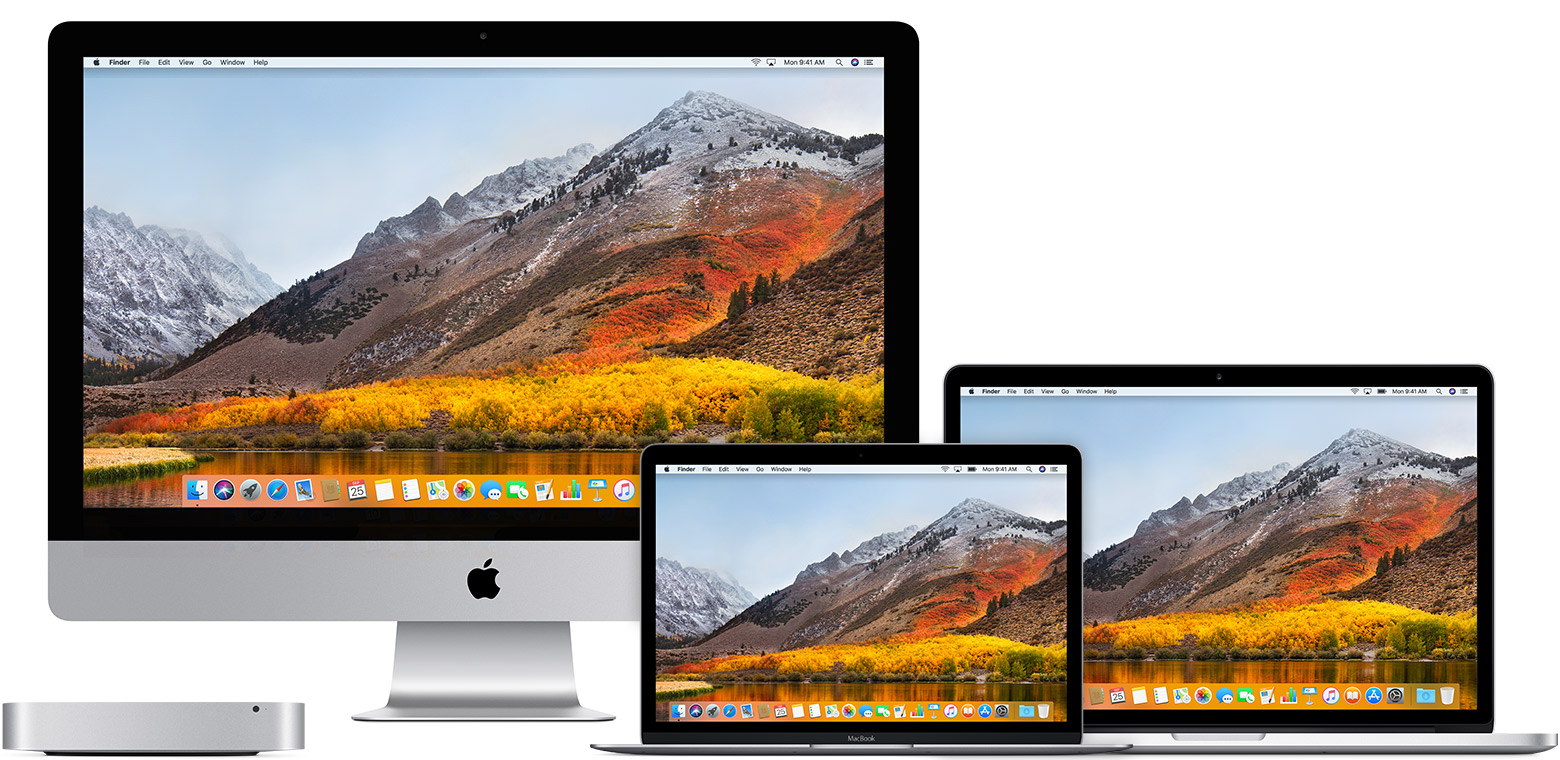Mac OS X, version 10.3 and earlier: uninstallflashplayerosx10.2.dmg (1.3 MB) (updated 05/27/08) Choose Window Downloads to view the downloaded uninstaller. Save the uninstaller file in a convenient location.
Why Soundflower Won’t Uninstall on My Mac:
Hi, I uninstalled a program called Soundflower, but its selection is still showing in the sounds preference pane, can you tell me how to remove it, thanks.
Quick Uninstall: Get Omni Remover 2 – Best App Uninstaller for Mac
What Is Soundflower?
Soundflower is an open source kernel extension for MacOS, designed to create a virtual audio output device that can also act as an input. Initially developed by Cycling ’74 now Soundflower was passed to Rogue Amoeba. As the later owner didn’t have the time or resources to improve the product, now the Soundflower project can be found via GitHub.
For users with macOS El Capiton, Sierra, High Sierra or Mojave, one of the most frequently met issue with uninstalling SoundFlower is that, they can still find the modified audio presets in Preference pane or even lose the audio at times. If you have similar SoundFlower uninstalling problems, follow this quick tutorial to learn how to remove SoundFlower from your Mac.
Mac Os High Sierra Features
Part 1: How To Manually Uninstall SoundFlower on Mac
On macOS El Capitan and later version of OS X, the SoundFlower setup file comes with an Uninstaller utility. Follow steps below to remover SoundFlower from your Mac manually.
How Do I Uninstall Apps On Mac
- Step 1: Download version Soundflower 1.6.6b, which contains the Uninstaller pack.
- Step 2: Find and open the downloaded DMG file > run the script highlighted below.
- Step 3: Press the play button at the top of the Soundflower Uninstaller window.
- Step 4: To ensure that the Soundflower driver is removed correctly, you do need to reboot your Mac [Important]. Failing to do this part can result in update / installation / general weirdness ™.
How To Uninstall App In Mac Os High Sierra Boggess
Part 2: Common Problems of Uninstalling SoundFlower on Mac Manually
Even you’ve followed all steps above to uninstall Soundflower on your Mac, you may still have some kinds of Soundflower uninstalling problems (Learn How To Completely Uninstall Programs on Mac). For example:
- Soundflower for Mac cannot be removed from Launchpad.
- Data / Files / Shortcuts / Icon that is related to Soundflower for Mac have been found in the later use on your Mac.
- The manual removal of Soundflower on Mac requires advanced knowledge about how macOS file system and Terminal work.
:max_bytes(150000):strip_icc()/003-uninstall-google-chrome-mac-4581498-89f9db8d5cbe476592eece278a68aa3f.jpg)
Part 3: How To Completely Uninstall SoundFlower on Mac [Time-Saving Method]
Omni Remover 2 comes to give you a complete Soundflower removal solution. By thoroughly scan your disk and system, this pro-level Mac App Uninstaller can find and remove all Soundflower for Mac leftovers, remaining caches, orphaned or corrupt junks. Follow steps below to get it done shortly.
Photoshop CC for Mac Uninstalling Steps:
- Step 1: Download and install Omni Remover 2 on your Mac > Launch Omni Remover 2:
- Step 2: App Uninstall tab > find Soundflower and click the Scan To Uninstall button:
- Step 3: After Omni Remover 2 finished scanning Soundflower, it will show you all associated files like app binary file, saved status, app support file, preferences, caches, etc.
- Click Clean Uninstall to start removing Soundflower and related app files from your Mac.
The Bottom Line

Have you successfully uninstalled Soundflower from your Mac with our suggestions above? If yes, feel free to share Omni Remover 2 with your friends. Except these basic Mac app uninstalling abilities, Omni Remover 2 can also thoroughly clean up app junks on your Mac. Give it a try here:
Apple began transitioning to 64-bit hardware and software technology for Mac over a decade ago, and all modern Macs now include powerful 64-bit processors that can run advanced 64-bit apps. These apps can access dramatically more memory, enable faster system performance, and take advantage of technologies that define today's Mac experience.
Apple has been working with developers to transition their apps, and in 2018 Apple informed them that macOS Mojave would be the last version of macOS to run 32-bit apps. Starting with macOS Catalina, 32-bit apps are no longer compatible with macOS.
If you get an alert about a 32-bit app
You will see one of these alerts when attempting to open a 32-bit app:
[app name] needs to be updated.
The developer of this app needs to update it to work with this version of macOS. Contact the developer for more information.

[app name] is not optimized for your Mac and needs to be updated.
This app will not work with future versions of macOS and needs to be updated to improve compatibility. Contact the developer for more information.
When installing macOS, you may see a list of recently used apps that are 32-bit. You can review this list before deciding to continue installation. You may also see a prohibitory symbol over the icon of each 32-bit app in the Finder, letting you know that the app will not open.
For all 32-bit apps, please contact the developer of the app to learn whether an updated version of their software is available or planned.